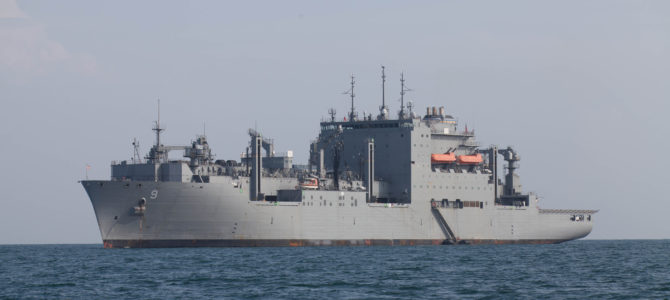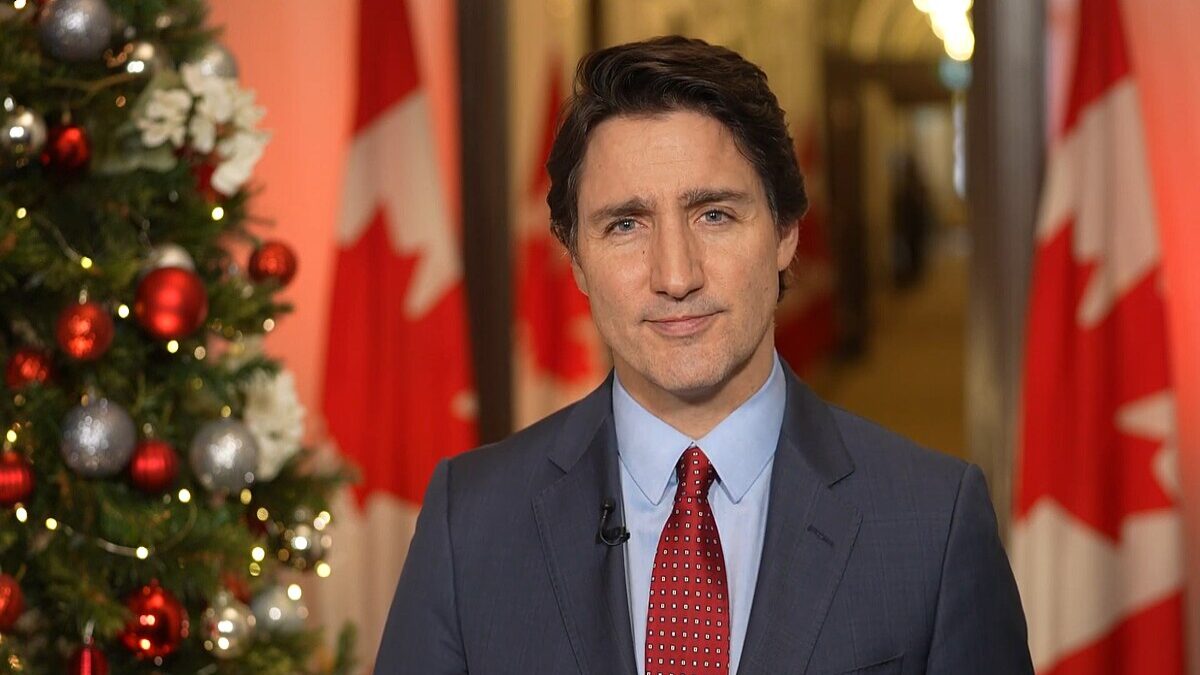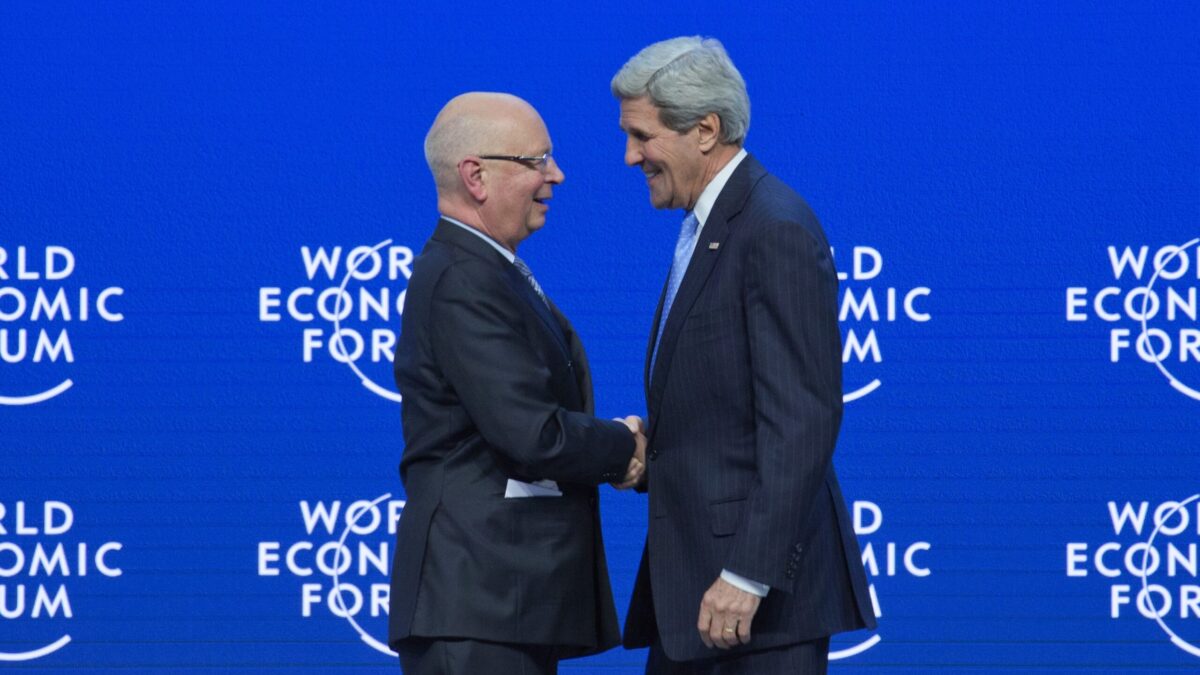
China will achieve “national rejuvenation” by becoming a dominant world power, Xi Jinping announced in a recent speech celebrating the centenary of the Chinese Communist Party. The latest advance came on Wednesday, with news that China is preparing to construct an airport near Taiwan on reclaimed land.
As Golda Meir famously warned, “When someone tells you he wants to kill you, believe him.”
Xi is a communist revolutionary leader determined to dethrone the United States as the world’s most powerful nation. He seeks to erase a century of “humiliation” at the hands of Western powers, the latest perpetrator of that disgrace being the United States.
Xi has launched military operations against India, attempted to intimidate Vietnam and the Philippines, threatened Japan with nuclear incineration, and raised rhetorical and economic threats against Western Europe and Australia.
The Chinese believe the United States is in irreversible decline. This perception is fueled by America’s economic and social problems at home and indecisiveness abroad. The Chinese also see the U.S. military as doctrinally stagnant and exhausted by 20 years of continual conflict.
Parallels Today to Carter’s Weakness
If this sounds familiar, think about the late 1960s and 1970s. Crime in America spiraled out of control. Stagflation gripped the economy. Oil prices tripled, and Americans waited hours in gas lines. The Soviets invaded Afghanistan, and Cuban proxies rampaged through southern Africa. The Pentagon ran out of funding for training and fuel for vehicles. Symptomatic of that era of American impotency to defend its citizens and interests was a billboard outside Fort Bragg; it begged Iran for the release of American diplomats and soldiers.
Judging by President Biden’s tepid reaction to China’s lies about COVID and global provocations, it is not clear that he understands such leadership looks as ineffectual as Jimmy Carter’s. When the Chinese foreign minister at a March conference condemned the United States with Biden’s own woke criticisms, Secretary of State Antony Blinken had only pieties about America’s “imperfections” to offer in response.
In 1886, a young Theodore Roosevelt warned, “No country will accomplish very much for the world at large unless it elevates itself.” The Rough Rider is turning over in his grave.
Instead of thinking of China in military terms, the current administration seems preoccupied by how taking a tough line on China might affect Wall Street. The Biden administration’s first defense budget proposal is stagnant, causing the Pentagon’s purchasing power to atrophy as inflation re-emerges.
China’s Plan
For the last 20 years, China has been pushing beyond its territorial waters. It has been forthright about its military objectives: first, seize the close-in islands and control the South China Sea, then, venture into the deep blue water of the Indo-Pacific.
The key is Taiwan — the epicenter of Sino-American tensions since 1949 and the obsession of the Communist Party’s psyche. Democratic Taiwan stands in pointed contrast to Chinese totalitarianism. As the Portuguese and Japanese knew, when one controls Taiwan, one controls the sea lanes to Japan and the Philippines. A free Taiwan, on the other hand, bars the way from China’s economic center of gravity on the coast to raw materials and international markets.
The shield and protector of Taiwan has been the U.S. Seventh Fleet. U.S. destroyers aborted Mao Zedong’s plans to invade Taiwan in 1950. When Mao made moves against Quemoy and Matsu in 1958, Ike dispatched the Navy, and Beijing climbed down.
The Taiwan Relations Act of 1979 defines the relationship between Taiwan and the United States. Should China impose its hegemony on Taiwan, countries such as Japan, South Korea, the Philippines, Malaysia, Indonesia, Singapore, Australia, and India would not be immune from the tidal effects of Taiwan’s fall or neutralization.
The U.S. Navy Falling Behind
It remains to be seen whether we are ready to deter the Chinese. Beijing has been building a fleet for the type of force-on-force engagement the U.S. Navy has not seen since 1945. After the fall of the Soviet Union, the U.S. Navy began a long transition to become, in many respects, merely a supporting element for the Marine Corps. The carrier strike groups have been stripped of their long-range anti-ship and anti-submarine strike craft that would be needed in a fleet action. Without them, $11 billion carriers would be vulnerable to a close-in Chinese anti-ship missile.
We still have the qualitative edge in submarines, but China is the top shipbuilding nation in the world, according to the Department of Defense, while the United States has fewer than 10 shipyards. We must be able to flood the western Pacific with submarines, and if need be, turn the power of guided missile submarines on the Chinese mainland. Unless we get more boats in the water, quantity will eventually overwhelm quality.
We have been here before with the Soviet Union. The brilliant naval chief Sergey Gorshkov expanded the Soviet navy beyond its traditional territory. In response, President Ronald Reagan and Navy Secretary John Lehman denied the Soviets control of the seas with the forward presence of a 600-ship U.S. Navy.
America must make China think about its vulnerable coast and choke points. To that end, a forward presence at sea is vital. Doctrine must change immediately, and the structure of the Navy must return to its roots of defeating a major force at sea.
We must be realistic. China is a greater threat than the one-dimensional challenge of the Soviet Union. Xi must be challenged even if it means flying the flag in his own backyard. We have had our warning. We would be wise to heed Golda’s words.









